In June, photographer Ciril Jazbec traveled from his native Slovenia to the Peruvian Andes for a high-altitude endeavor: He had been assigned to photograph local communities’ efforts to restore “amunas,” a kind of ancient water-saving canal dug in the mountainsides high above sea level for a story in Nature Conservancy magazine.
No stranger to photographing mountain ranges, Jazbec was still taken aback by what he saw: villages perched precariously on the mountainsides and incredibly steep terrain. The trek from Lima at only 500 feet above sea level to a worksite at almost 15,000 feet was challenging at times, he says. At one point, the crew relied on horses to navigate the winding paths. “We all felt kind of a terror for the first half hour [of that trek],” Jazbec says.
The high altitudes and steep terrain are part of what make the amunas work though. Lima, a city of more than 11 million people, is the second largest desert city in the world after Cairo. It receives only about half an inch of rainfall each year, making the rivers that flow down from the Andes critical to sustaining the city’s water supply. While water scarcity is a growing issue there, it’s not an entirely new one.
In pre-Incan times, communities living high in the Andes dug out small canals—today called “amunas” which means “to retain” in Quechua—to collect water in the rainy seasons and channel it toward softer ground where it could seep into the groundwater. In the coming months, it would eventually reemerge in the springs, streams and rivers farther down the mountains, effectively extending the local water supply beyond the rainy season. But over the centuries the amunas were lost.
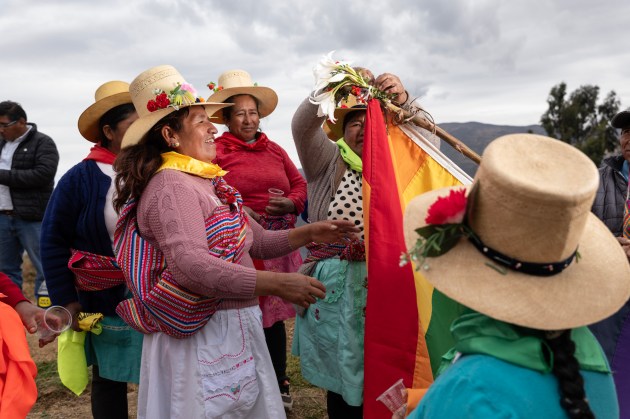
Today, a Lima-based program called Aquafondo is paying workers from some of these mountainside communities to restore the old canals. Recent studies have shown that water trapped by these rebuilt amunas can be stored inside the mountain up to five months before re-emerging farther downhill, ultimately supplying water to one of the world’s driest cities.
For Jazbec, the treacherous landscape provided an incredible backdrop to that story. “It was spectacular,” he says. “I think I’ve taken some of the best, most epic pictures I’ve ever done in South America on this assignment.”
Below are some of Jazbec’s photography from the assignment. Read about the work to restore amunas and ensure Lima’s water supply in the latest issue of Nature Conservancy magazine.
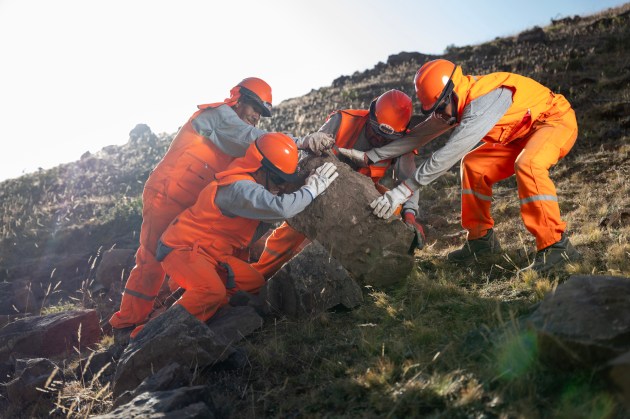
Jazbec followed work crews like this one from Huachupampa and San Pedro de Casta high in the mountains as they re-constructed ancient amunas. “It’s quite an inspiring [story] of ancestral and modern science,” he says.
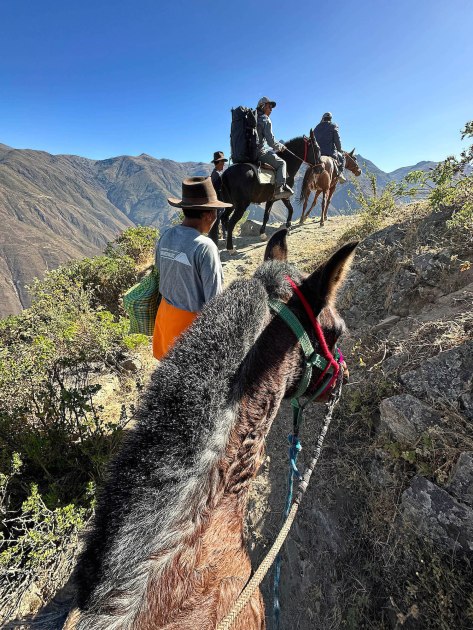
To navigate the steepest terrain on their trek in the Andes, Jazbec (out of frame), his assistant and his guides relied on horses.
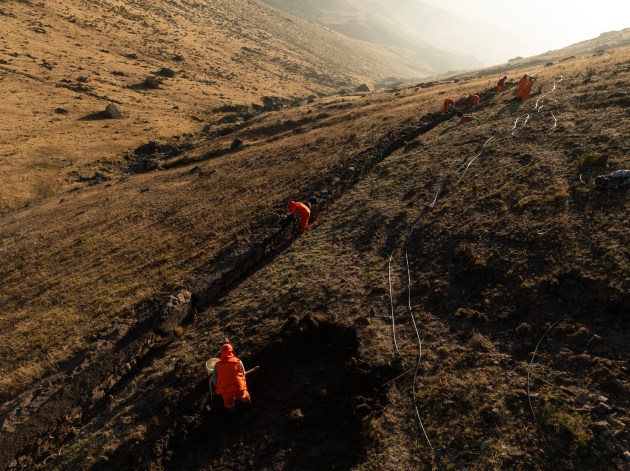
Jazbec relied on photography drones to capture the vastness and rugged nature of the landscape.
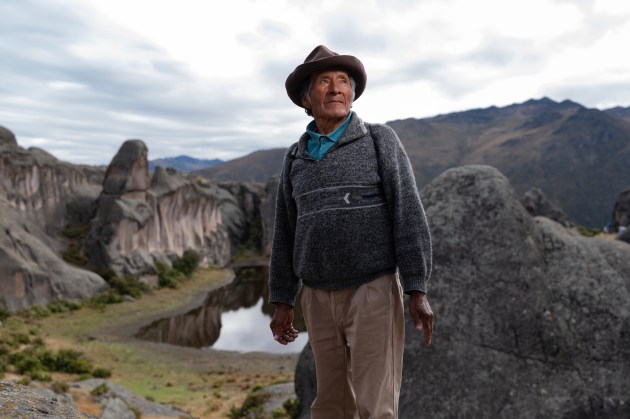
Eufronio Obispo Rojas, photographed on the Marcahuasi plateau, is a community leader advocating for the restoration of amunas.
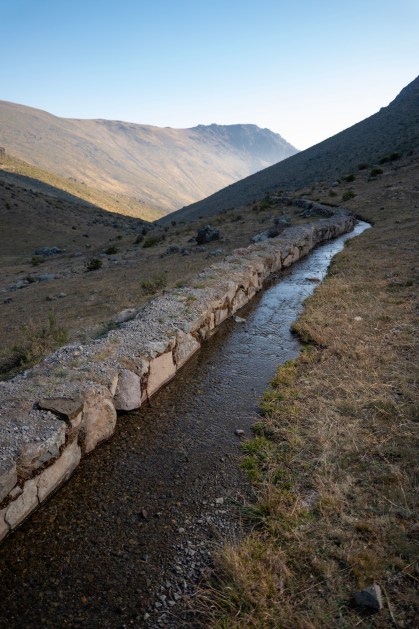
Amunas are a kind of ancient canal that channels water to areas where it can more quickly and easily seep into the groundwater supply.
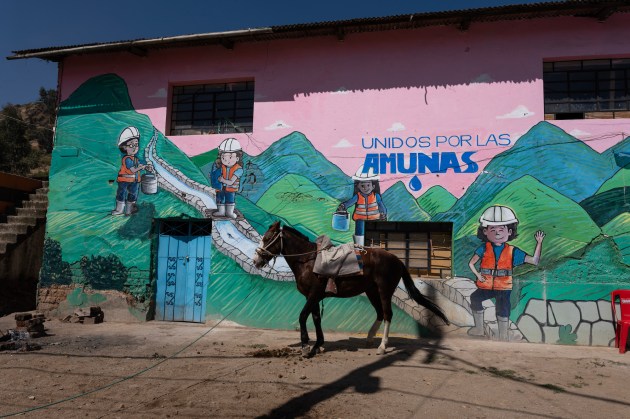
In San Pedro de Casta, a village located high in the Andes, a mural celebrates the community’s role in restoring amunas.
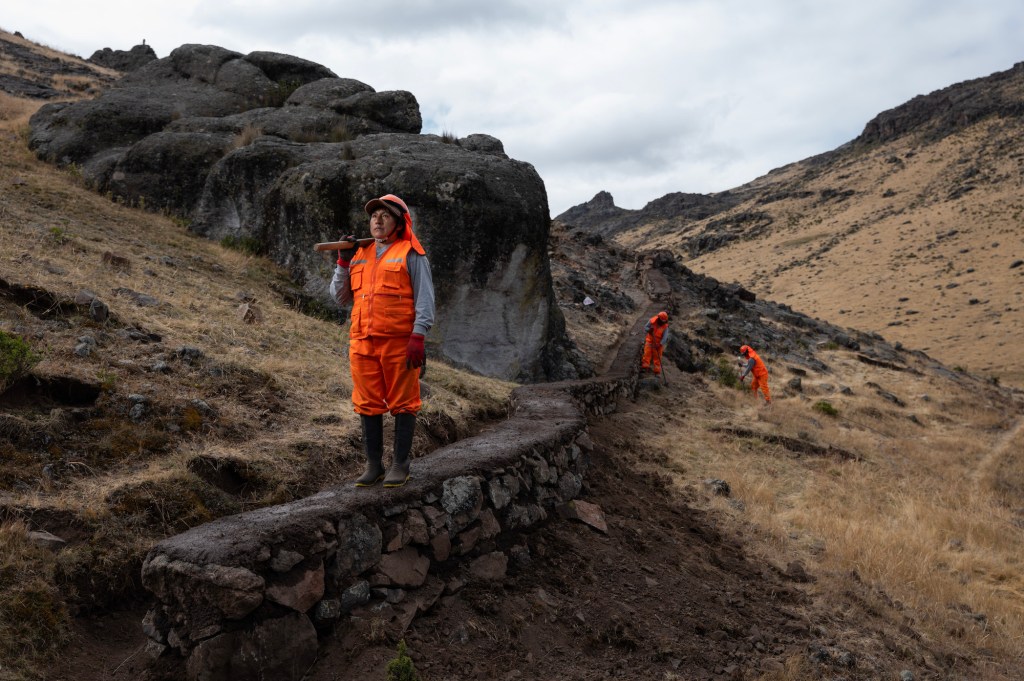



Join the Discussion